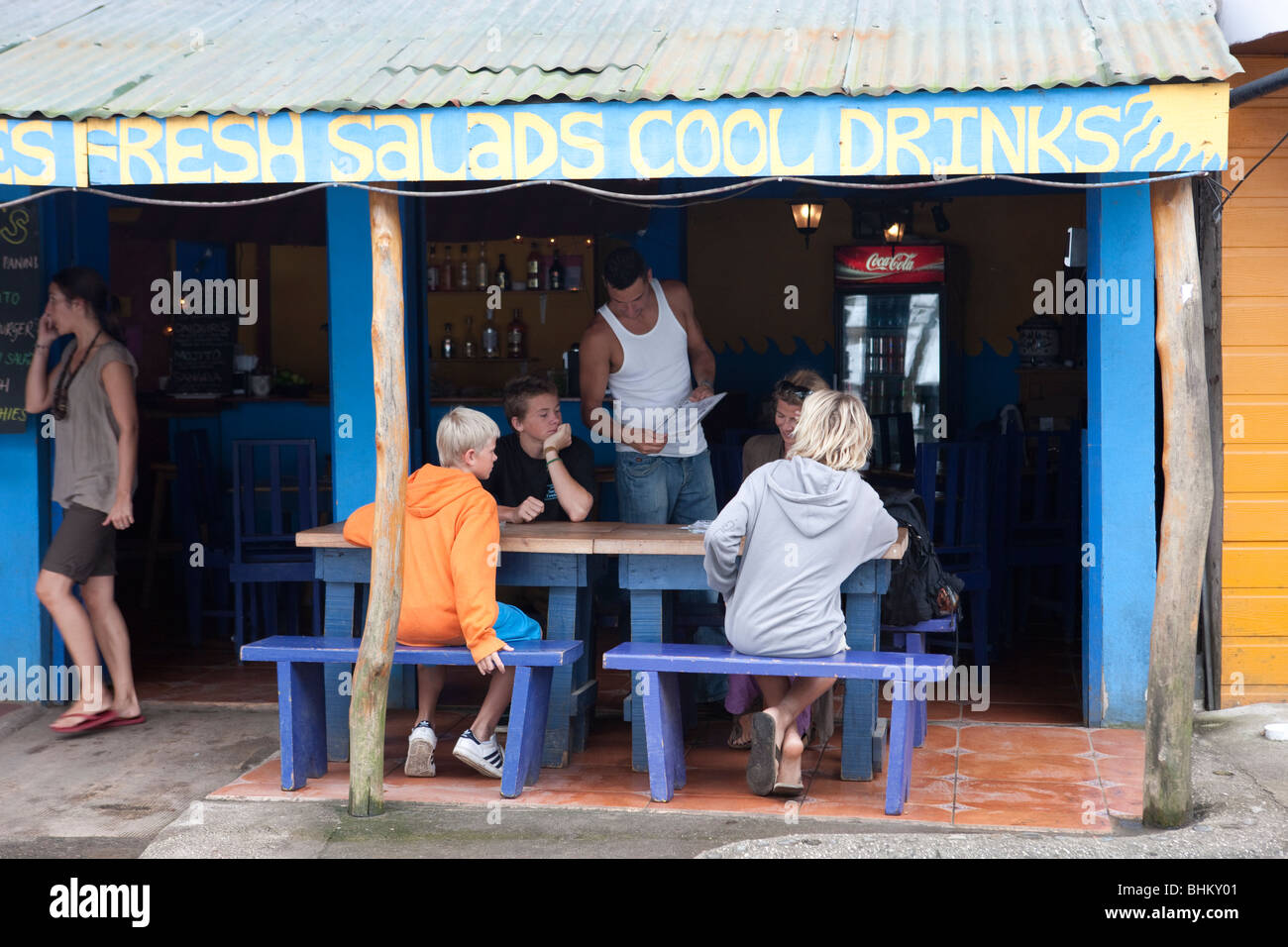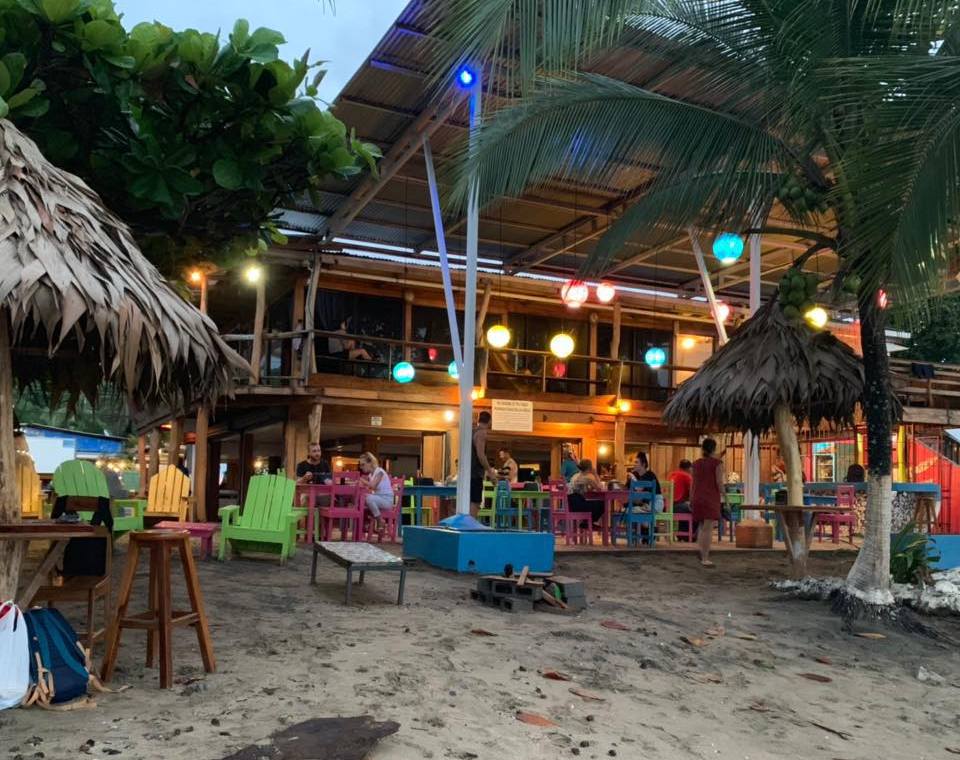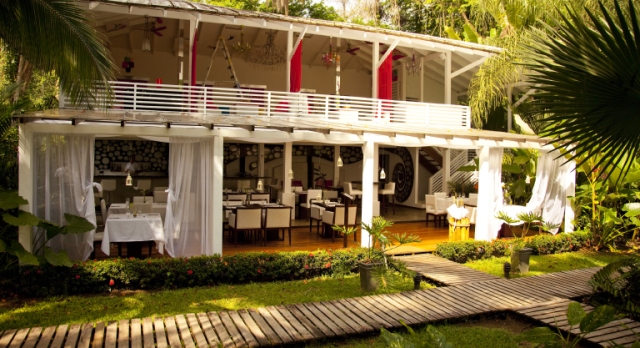


Here local farmers offer up fresh, often organic produce grown in the area. People from all backgrounds and walks of life come here to live and join an active and vibrant community.Ī must-visit is the Saturday feria, or farmers’ market. The vibe in Puerto Viejo is casual and thoroughly unpretentious. But, there are also retirees looking for a slow-paced life in a beautiful setting. Many expats have even started small businesses-cafes, restaurant, hostels, tour companies, microbreweries, and B&Bs. With so many English speakers the transition to a new life here is easy. But it’s easy to meet people and make friends.ĭozens of nationalities are represented in Puerto Viejo, with a strong American and Canadian contingent and plenty of Europeans, too. When you live on the Caribbean it’s a small community. Most people just call it Caja.įor a low monthly fee based on income, an expat single person or couple receives all the medical care they need, including prescription drugs, diagnostic tests, doctor visits, and surgeries. Still, many expat retirees without chronic conditions or serious medical concerns happily make their home in Puerto Viejo.Ī huge benefit is that those who become legal residents of Costa Rica, under the pensionado program are able to join the government-run healthcare system, called Caja Costarricense de Seguro Social. Many local expats go all the way to the capital, San Jose, which is a four-hour drive, to seek medical care beyond basic needs. For emergency or specialist care, you must travel to the nearest public hospital in Limon, which is about 90 minutes from Puerto Viejo by car or bus. There are small clinics and doctor’s offices in the area, but they typically aren’t well-equipped. Puerto Viejo is a rural area…the least developed region of Costa Rica. All this contributes to a healthy lifestyle for expats of all ages.

People tend to walk or bike everywhere and there are plenty of fresh fruits and vegetables, as well as seafood. The year-round warm weather on Costa Rica’s Caribbean coast lends itself to outdoor activity like beach combing, snorkeling, surfing, and more.

Retire in Puerto Viejo ©iStock/Rainer Lesniewski Running from the port city of Limon to the border with Panama, 57 miles to the south, most expats and visitors stay in and around the fishing villages and beach communities of Cahuita, Manzanillo, Punta Uva, Playa Chiquita, and Playa Cocles. The Caribbean coast’s heart is the tiny town of Puerto Viejo de Talamanca, a fishing village turned tourist hub for the small number of visitors who make their way here. White-sand beaches…Clear turquoise water filled with tropical fish…Palm trees swaying in the breeze…A laidback vibe, Costa Rica’s little-known Caribbean coast is the ultimate tropical paradise. September and October are generally very rainy all day and night long but there still are a few beautiful days during this period.Puerto Viejo: The Ultimate Tropical Paradise The rains increase in August and often times start in the morning. In May the rains arrive but mornings are usually sunny with rain in the afternoon and evening, This continues in June and July. Days are generally sunny, hot and few, if any, clouds. Prime or "high season" is December through the end of April. Best is to plan to arrive just after high tide so that you don't have to worry about an incoming tide.Īvoid weekends, especially Sundays, the two weeks around Christmas, the first week of January, Semana Santa (the week before Easter) and the first two weeks of July as crowds from San Jose Costa Rica come up to this area. Puerto Viejo beach is a perfect example of this with water up past the canopy shown above during high tide. At high tide, many beaches will have no exposed sand to set up on. The tides in Costa Rica are extreme and can vary over 10 feet between low and high tides. As with many beaches in Costa Rica, check the tides before heading out.


 0 kommentar(er)
0 kommentar(er)
